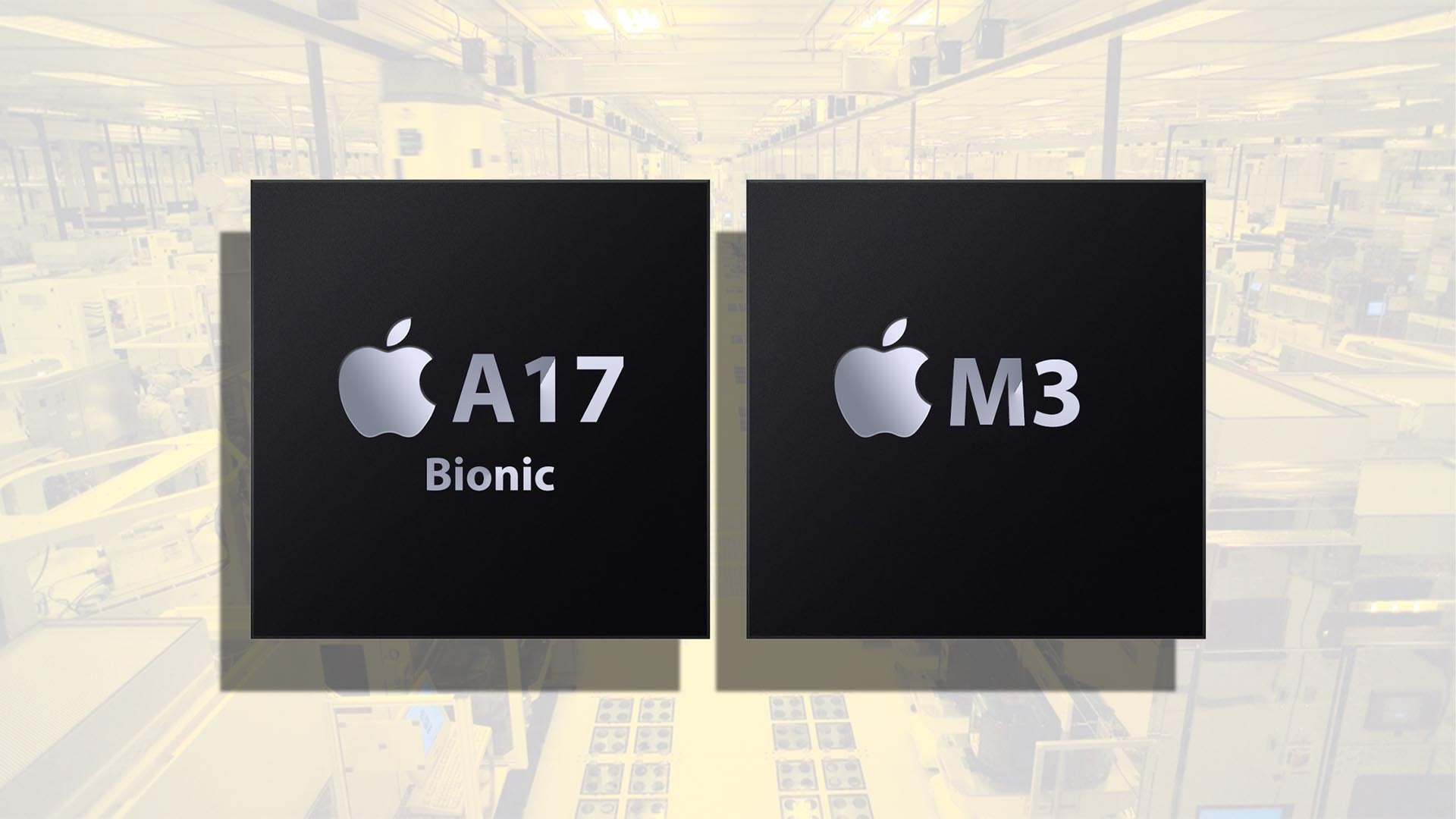good article and refreshingly non-clickbaity title here, thanks. i wonder how many units fit on a wafer here.
If it’s similar to their previous chips, somewhere around 1000–1500.
This will be increasing the environmental impact of producing these chips. That’s a significant amount of energy and materials waste.
Iirc failed dies get recycled/reused right in the fab.
Wow, 3nm, we’re nearing Moore’s law ceiling, what a time to be alive. 55% is impressive to me at least.
It’s not really 3nm, it’s closer to 8, but it’s still impressive.
Yes, I imagine real 3nm is nearly impossible, but we’re inching towards it. Still, that’s very nearly the limit for conventional digital ICs.
It’s possible, but the leakage gets ridiculous, all kinds of things have to change, we aren’t near there yet.
I’m honestly amazed we got as far as we did.
Sadly it’s marketing bs for now.
It’s been that way since ~90nm nodes. First large scale 90nm production was for a revised PS2 chip in 2003. Intel’s launched in 2004.
Node names haven’t lined up with node sizes for nearly 20 years now. Not a recent development.
I’m surprised, usually that bleeding edge the foundry still sets the terms. Even if yields are lower (55% is low for that small a die), they should have the power to set the terms, or just offer a discount if they fail the contract promise, though this might be the failure clause kicking in.
Apple is the only customer after TSMC’s N3B node. Everyone else wants N3E, which will not be available until next year. N3E has better yields but worse performance, while being easier/cheaper to manufacture. The increase in yields is greater than the loss in performance.
If TSMC didn’t offer terms to make up for the faults of N3B, there’s a very real chance that Apple would have balked and stuck with N4 again. In this case, Apple had a strong hand: without Apple, the entire N3B line would be idle and the capital expenditure to set them up would be wasted. If yields improve enough Apple might stick with N3B in the future, which would save TSMC even more money and allow them to shift back over to a better (for them) pricing model.
Apple had a comparatively strong hand for these negotiations.
Yeah I figured it was a sweetheart deal to keep the design on that process, I’m still surprised there isn’t more demand, but all the volume guys (amd, nvidia, apple) are going to wait for stability, amd might do some server chips because the margins are worth it, and they can eat yields with their chiplets.
Nvidia don’t give a fuck, they’ll stay at n5 or even n6 for the price and efficiency, they’re power gated.
So iPhone prices will see a significant raise next year?
Apple has been pricing on what the market will bear for a long time, maybe the entirety of the iphone’s existence. Prices may go up; they may not.
Apple will not be financially obligated to increase prices as a result of cost changes: an iphone costs something in the $300-500 range to manufacture, and Apple charges $800+ — even a doubling of the cost of the SoC will not fundamentally alter Apple’s pricing calculations.Price increases for the 15 will be determined entirely by if Apple thinks the market will bear that price increase such that doing so would result in more profit for them.
And they’ll blame the price increase on the need to redesign around the USB connector.
And removable batteries.




